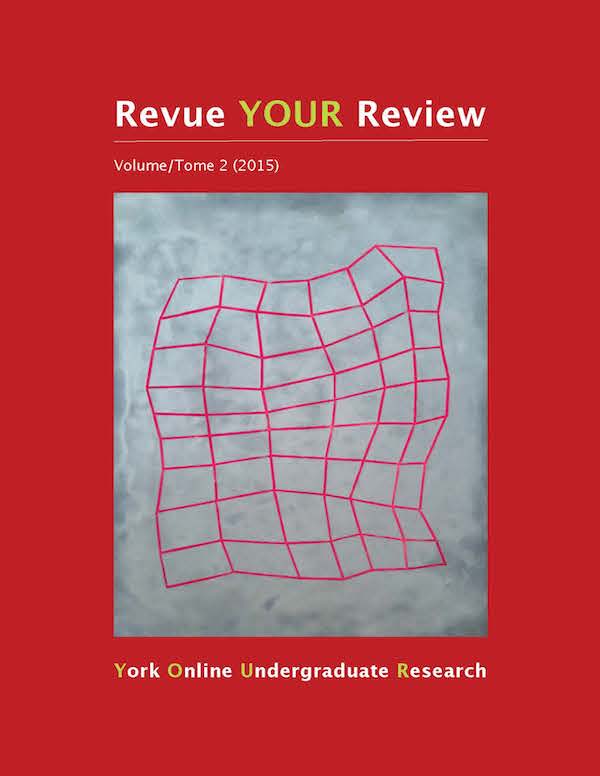Looking Through the Lens: Changing Interpretations of Edward S. Curtis's Photographs of Western Canada
Abstract
Edward S. Curtis was a professional photographer, film maker, and amateur ethnologist who set out on a journey in 1900 to document the last of the “Vanishing Indians” in the North American West. Curtis had spent around 30 years of his life fixated on capturing photographic evidence of the traditional First Nations’ way of life, but after his death in 1952, his photographs would not return to the public and academic eye until the 1970s and 1980s counterculture era. Since the late twentieth century to early twenty-first century, historians have heavily debated the authenticity of his ethnographic work in Western Canada due to his tendency to stage the settings or pose the models in his photographs and films. Through the analysis of writings by historians of the mid-1990s, Mick Gidley’s work from the late 1990s, examinations of Curtis’s work from different perspectives by Professors Pauline Wakeham and Catherine Russells, as well as journal articles from the 2000s, a distinct shift from a singular accusatory and critical view in the late twentieth century has become a relatively more-positive view with analysis by professionals from a multiplicity of disciples in the early twenty-first century.
Downloads
How to Cite
Issue
Section
License
Authors contributing to Revue YOUR Review agree to release their articles under one of three Creative Commons licenses: Creative Commons Attribution 4.0 International; Creative Commons Attribution-NonCommercial 4.0 International; or Creative Commons Attribution-NoDerivatives 4.0 International. All editorial content, posters, and abstracts on this site are licensed under Creative Commons Attribution-NoDerivatives 4.0 International. For further information about each license, see:
https://creativecommons.org/licenses/
In all cases, authors retain copyright of their work and grant the e-journal right of first publication. Authors are able to enter into other contractual arrangements for the non-exclusive distribution of the e-journal's published version of the article (e.g., post it to an institutional repository or publish it in a book or in another journal), with an acknowledgement of its initial publication in this e-journal.


